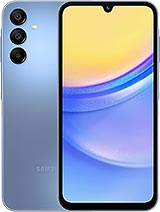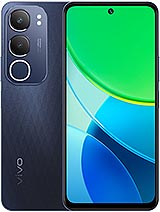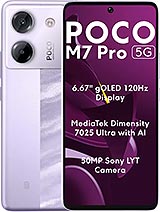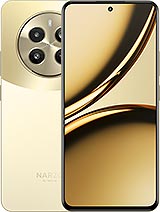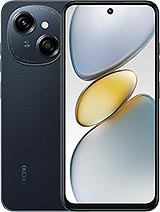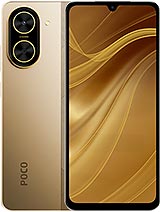Infinix Note 50s alternatives
Tap above to see alternatives.
Lava Yuva 2 alternatives
Tap above to see alternatives.
Infinix Note 50s
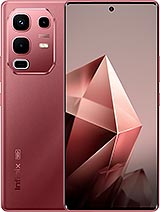
Infinix Note 50s
-
Dimensity 7300
4 nm
-
5500 mAh
45W
-
6.78"
1080 x 2436 pixels
-
64 MP
4K@30fps
-
Specs

Lava Yuva 2

Lava Yuva 2
-
Unisoc T760
6 nm
-
5000 mAh
18W
-
6.67"
720 x 1612 pixels
-
50 MP
1080p@30fps
-
Specs

4x2.5 GHz Cortex-A78
4x2.0 GHz Cortex-A55
1x2.2 GHz Cortex-A76
3x Cortex-A76
4x Cortex-A55
8GB 256GB (UFS 2.2)
f/1.8, (wide), 1/1.73", 0.8µm, Sony IMX682, PDAF
2 MP
wide, f/1.8, AF
2 MP
macro
1080p@30fps
f/2.2, (wide)
1080p@30fps
SIM1: Nano, SIM2: Nano
SIM1: Nano, SIM2: Nano
10 5G bands
n1, n3, n5, n8, n28, n38, n40, n41, n77, n78
9 5G bands
n1, n3, n5, n8, n28, n40, n41, n77, n78
In this performance comparison, the Infinix Note 50s with its Mediatek Dimensity 7300 (4nm) performs better than the Lava Yuva 2 with the Unisoc Unisoc T760 (6nm), thanks to superior chipset efficiency.
Infinix Note 50s offers 2 years of OS updates, whereas Lava Yuva 2 provides 1 years. For security updates, Infinix Note 50s offers 3 years of support compared to Lava Yuva 2's 2 years.
Infinix Note 50s features a superior AMOLED display, while Lava Yuva 2 comes with an LCD panel. In terms of smoothness, Infinix Note 50s offers a higher 144 Hz refresh rate, ensuring fluid scrolling and animations. Infinix Note 50s also boasts a brighter screen with 1300 nits of peak brightness, enhancing outdoor visibility. Notably, Infinix Note 50s offers a higher screen resolution, resulting in sharper visuals and more detailed content.
Infinix Note 50s comes with a larger 5500 mAh battery, which may offer longer usage on a single charge. Infinix Note 50s also supports faster wired charging at 45W, compared to 18W on Lava Yuva 2.
Infinix Note 50s includes an IP64 rating, while Lava Yuva 2 lacks an official IP rating.
- Infinix Note 50s – Check price here
- Lava Yuva 2 – Check price here
¹ Scores can vary even with the same chipset due to RAM, thermals, and software optimization.

